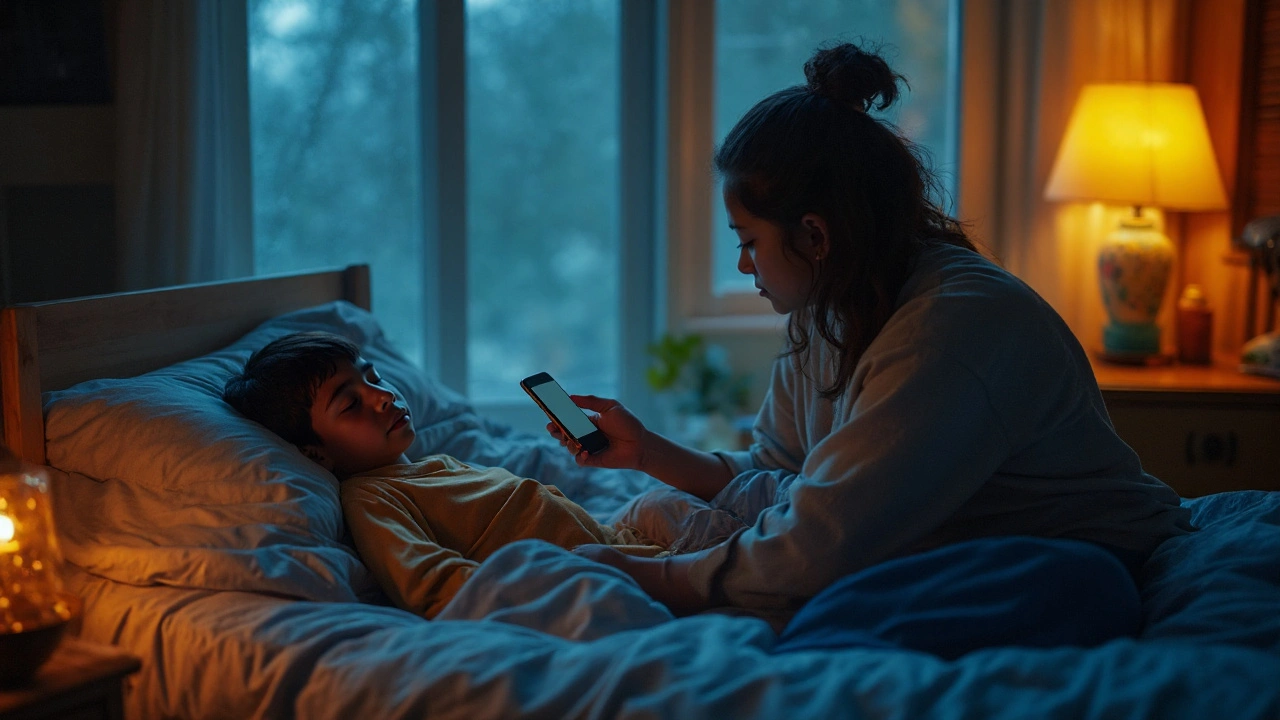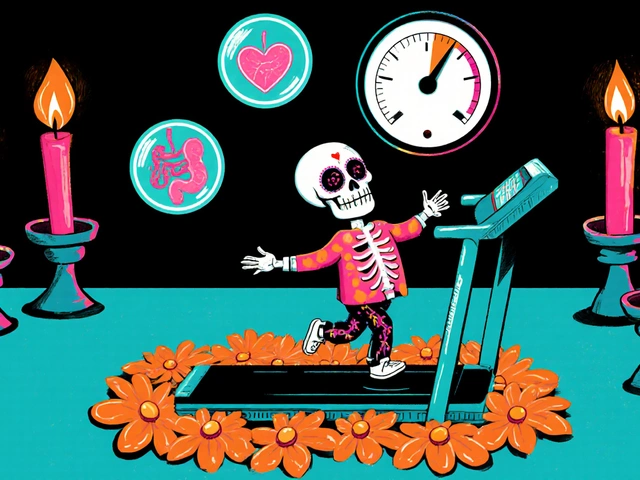Sleep Apnea in Children: What Every Parent Should Know
If your child snores loudly, pauses while breathing, or wakes up gasping, they might have sleep apnea. It’s more common than you think and can affect school performance, mood, and growth.
How to Spot the Warning Signs
Watch for these clues: loud or frequent snoring, restless tossing, mouth breathing, daytime fatigue, trouble concentrating, and frequent headaches. Some kids also have a dry mouth in the morning or wake up with a sore throat.
It’s easy to chalk these signs up to a busy kid, but if they happen regularly, it’s worth a closer look. Keep a sleep diary for a week – note bedtime, any pauses you hear, and how your child feels during the day.
What Causes Sleep Apnea in Kids?
The most common cause is enlarged tonsils or adenoids that block the airway when they’re relaxed during sleep. Obesity can add pressure to the throat, making breathing harder. Sometimes a narrow jaw or facial structure plays a role.
Allergies and chronic nasal congestion also tighten the airways. If your child has frequent colds, asthma, or allergies, those could be feeding into the problem.
Getting a Diagnosis – Simple Steps
The first move is to talk to your pediatrician. They’ll ask about symptoms and may refer you to a sleep specialist. A home sleep test (a small monitor that tracks breathing) can give useful data, but many doctors prefer an overnight study at a sleep lab for the most accurate picture.
Don’t be afraid of the lab – kids are usually monitored with comfy sensors while they sleep in a quiet room. The results tell whether apnea episodes happen and how severe they are.
Treatment Options That Work
If enlarged tonsils or adenoids are the culprit, a simple surgery often fixes the problem. Most kids feel better within weeks.
For overweight children, gradual weight loss through balanced meals and regular activity can reduce apnea events dramatically. Even small changes like cutting sugary drinks help.
When surgery isn’t enough or isn’t needed, doctors may suggest a CPAP machine – a mask that delivers steady air pressure to keep the airway open. Modern machines are quiet and portable, so kids get used to them fast.
Other options include dental devices that reposition the jaw, nasal steroids for allergy‑related swelling, and lifestyle tweaks like keeping bedroom humidity up and avoiding secondhand smoke.
Home Tips to Make Nights Easier
Establish a calming bedtime routine: dim lights, a warm bath, and a consistent sleep schedule. Keep the room cool (around 65°F) and use a humidifier if air is dry.
Elevate your child’s head slightly with a pillow wedge – it can reduce snoring. Encourage nose breathing during the day by teaching them to close their mouth while talking or playing.
If allergies are an issue, wash bedding in hot water weekly and use hypoallergenic covers on pillows and mattresses.
When to Seek Help Again
If symptoms persist after treatment, if your child’s grades drop, or if you notice new breathing difficulties, call the pediatrician. Ongoing monitoring ensures the chosen solution stays effective as your child grows.
Sleep apnea isn’t something you have to live with forever. With early spotting and the right steps, most kids get back to restful nights and brighter days.

Spot early signs of breathing problems in kids. Learn normal vs danger, quick checks, when to seek care, and how to track triggers. Evidence-based and calm.
Chris Gore Aug 23, 2025




